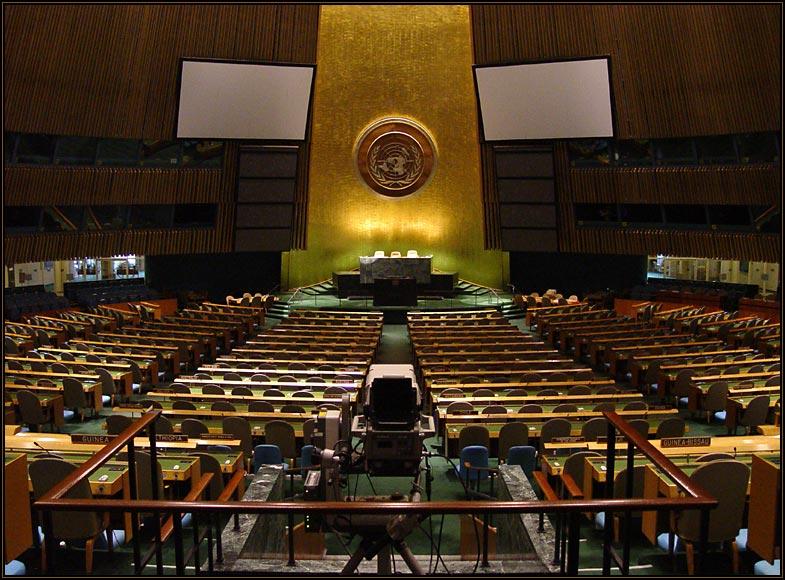Perhaps a Change?
The Paris Climate Change Conference has just taken place and the 150 world leaders as well as the several thousand delegates from 195 countries that participated in the summit all reached conclusions that would decide their respective nations’ climate policy for the foreseeable future. The movement towards sustainability and efficiency is a noble one, and something dearly lacking in the realm of global legislation. However, what was actually achieved within the Paris Conference doesn’t necessarily coincide with what is seen as needed in the world of environmentalism.
Protests took place surrounding the conference through satirical posters put up through the city, as well as crowds that amassed near the meeting. While the posters were intended to be thought-provoking, the demonstrations broke into riots and over 100 protesters were arrested by French police. After the riots, climate-change proponents distanced themselves from the protesters as they participated in a violent display: something far from the platforms of the established environmental political groups.
The accusers were particularly upset with what they saw as two major issues built into the conference. First, they didn’t see the guidelines that countries had to adhere by as progressive in the slightest. Instead, the rules allowed nations to define their own goals, without giving a current status of their emissions and air quality records. In other words, there is close to zero accountability put into the system, nor is there any incentive for the country to improve when they can merely set a projected goal that mirrors its current situation. This fact was accentuated when China and India were allowed to declare themselves “developing nations.” Clever wording like that allows the two foremost contributors to CO2 emissions major leniency in the future. On top of the loopholes, lax limitations were set by the conference in the first place. The language that the final resolution produces is non-binding for the most part. Words like “requests” and “invites” give the nations as little responsibility to act as possible while still maintaining the mirage of progress. This choice, to be clear, was one of self-preservation regarding the resolution, as any formal requirements would have allowed a GOP-controlled Senate to oversee and ultimately kill the work.
The second contingency that the environmentalists hold is that of how the summit was organized and sponsored. As mentioned before, satirical posters were placed all around the French capitol to chastise the corporations and governments who organized the summit. The environmentalists saw the initiative of the private sector as that of a façade in order to produce plans that protected their emissions-heavy activity. They called out transportation and industry as disguising themselves in sheep’s clothing, while creating and shaping the parameters in which their regulations would be made. The corporations and countries involved argue that they are taking a united front towards combating climate change and that real progress cannot be made unless both the world of business and the world of governing coalesce together. The world leaders, specifically those who have been deemed the prevalent voices on the subject are continuing to back the work being done in the conference. President Obama, the chief authority at the summit, constantly reassured the United States and the world that what was being done in the summit worked to ease the current trends of global warming as well as to create jobs back home.
We won’t know the actual plans of the nations involved in the conference until 2020 (the scheduled due date of future plans), so there’s no way of completely knowing what the two-week negotiations will amount to. The resolution must have a new five-year plan every five years after 2020.
Environmentalists are hoping that this new plan bodes better than the Kyoto Protocol, but are still not expecting a miracle. Individuals who believe that the power of the economy outweighs the culling of global warming are hoping that they get to shred the resolution come 2016.













